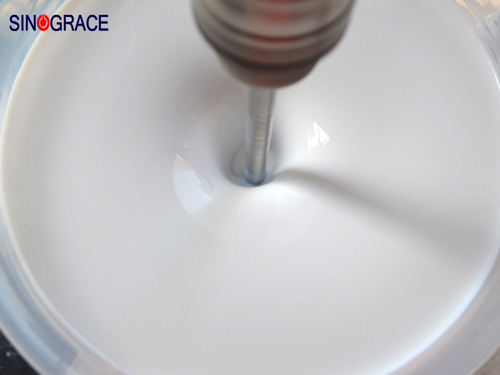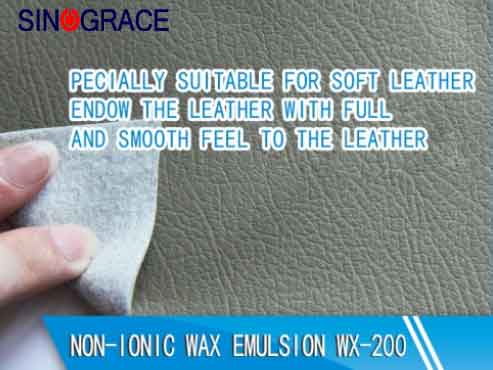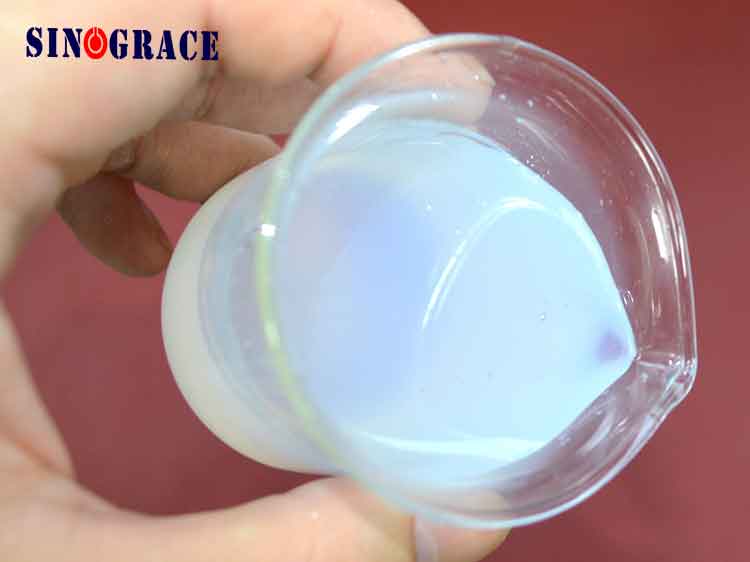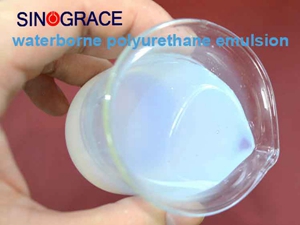Analysis of water based emulsion breaking phenomenon
There are several main reasons for water-based emulsion breaking: 1.Large temperature changes, water-based emulsion is easy to separate into water phase and oil phase at high temperature, and easy to crystallize at low temperature. 2.The selection of emulsifier is improper, and the type and dosage of emulsifier are different, which has a great impact on the stability of emulsification. The choice of emulsifier should be based on the nature of the emulsifying system. 3.Emulsion particles are too large, particle size and stability are important factors affecting emulsion demulsification, when the particle size is too large, easy to appear demulsification phenomenon. 4.Water-based emulsion preparation is improper, such as uneven mixing, emulsification time is too long. Second, measures to prevent water-based emulsion breaking In order to prevent water-based emulsion breaking, the following measures can be taken: 1.Select the right emulsifier, and select the right emulsifier according to the nature of the emulsifying system. 2.Control the particle size of water-based emulsion, the particle size is generally controlled between 0.1 and 1 micron, and the particle size is too large to directly affect the stability. 3.Avoid high and low temperature environments and store at room temperature. 4.In the preparation process, we should strictly follow the process requirements, such as selecting appropriate emulsifier, improving the particle distribution of emulsion, controlling the emulsion time, etc., which can improve the stability of emulsion. In short, the phenomenon of water-based emulsion breaking is a common problem in the process of emulsion storage and use, but as long as the reasonable formula and operation skills are mastered, the impact of emulsion breaking can be effectively prevented. Sinograce Chemical production of water-based emulsion, including water based polyurethane, water based acrylic and other coatings and paint, welcome to consult
read more

 English
English français
français русский
русский español
español العربية
العربية








